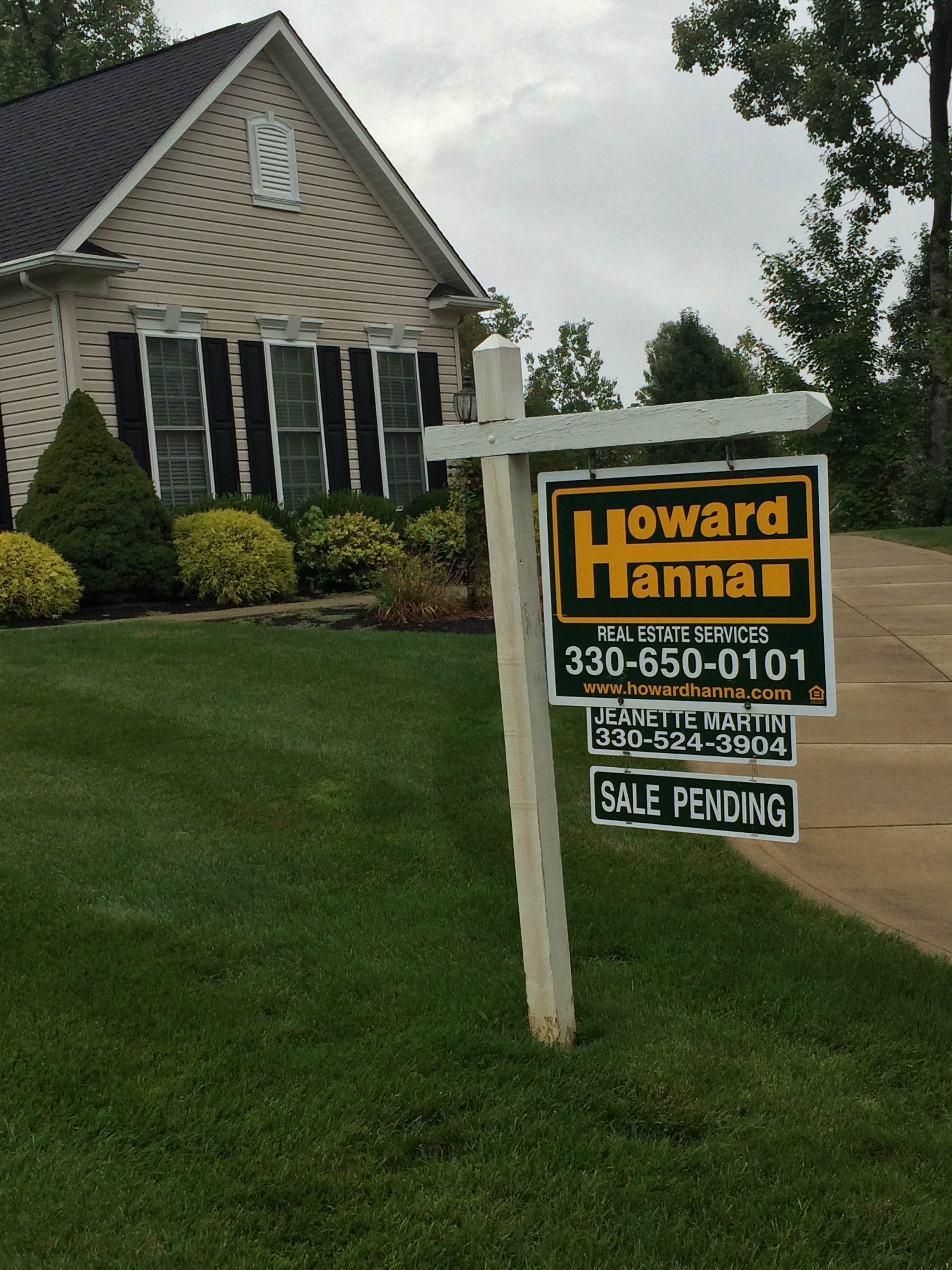Steel Markets

Summer Prices and Inventory Slowing Existing Home Market
Written by Sandy Williams
September 29, 2015
Higher prices and tight inventory on existing homes are slowing home sales according to two reports released this week.
Pending home sales for August, released by The National Association of Realtors, reports pending home sales retreated in August. The Pending Home Sales Index, based on contract signings, dropped 1.4 percent to 109.4 in August, compared to 110.9 in July and 103.1 in August 2014.

“Pending sales have leveled off since mid–summer, with buyers being bounded by rising prices and few available and affordable properties within their budget,” said Yun. “Even with existing–housing supply barely budging all summer and no relief coming from new construction, contract activity is still higher than earlier this year and a year ago.”
“The possibility of a government shutdown and any ongoing instability in the equity markets could cause some households to put off buying for the time being,” adds Yun. “Furthermore, adapting to the changes being implemented next month in the mortgage closing process could delay some sales.”
Regionally, pending home sales declined in the Northeast by 5.6 percent in August and 0.4 percent in the Midwest. Sales picked up in the South with a 2.2 percent monthly gain and in the West by 1.8 percent.
Prices for homes continue to rise according to the S&P/Case-Shiller Home Price Indices. The National Home Price Index rose 4.7 percent year over year in July 2015 compared to a 4.5 percent in increase in June. The 10-City Composite was unchanged from the previous month, rising 4.5 percent year over year. The 20-City Composite gained 5.0 percent y/y.
On a month over month basis, before seasonal adjustment, the National Index gained 0.7 percent in July.
“Prices of existing homes and housing overall are seeing strong growth and contributing to recent solid growth for the economy,” says David M. Blitzer, Managing Director and Chairman of the Index Committee at S&P Dow Jones Indices. “The S&P/Case Shiller National Home Price Index has risen at a 4% or higher annual rate since September 2012, well ahead of inflation. Most of the strength is focused on states west of the Mississippi. The three cities with the largest cumulative price increases since January 2000 are all in California: Los Angeles (138%), San Francisco (116%) and San Diego (115%). The two smallest gains since January 2000 are Detroit (3%) and Cleveland (10%). The Sunbelt cities – Miami, Tampa, Phoenix and Las Vegas – which were the poster children of the housing boom have yet to make new all-time highs.
“The economy grew at a 3.9% real annual rate in the second quarter of 2015 with housing making a major contribution. Residential investment grew at annual real rates of 9-10% in the last three quarters (2014:4th quarter, 2015:1st-2nd quarters), far faster than total GDP. Further, expenditures on furniture and household equipment, a sector that depends on home sales and housing construction, also surpassed total GDP growth rates. Other positive indicators of current and expected future housing activity include gains in sales of new and existing housing and the National Association of Home Builders sentiment index. An interest rate increase by the Federal Reserve, now expected in December by many analysts, is not likely to derail the strong housing performance.”

Sandy Williams
Read more from Sandy WilliamsLatest in Steel Markets

Hot-rolled coil buyers continue seeking certainty
Steel market participants contend that buyers will remain in “wait-and-see" mode until some market stability is restored.

Latin American steel advocates warn on cheap import flood
Subsidized Chinese steel imports and cheap steel products from Association of Southeast Asian Nations (ASEAN) entering Latin American (LATAM) are threatening the region's steel market.

CRU: Steel prices fall amid global demand weakness
The forceful headwinds bearing down on steel markets across the globe have created demand challenges and sent prices southward. The US, however, challenged the global trend.

Hot-rolled price hikes garner mixed reactions from the market
Several steel market sources say they were blindsided when mills increased spot prices for hot-rolled coils this week.

Steel market participants mull the impact of US/Mexico S232 negotiations
Steel market participants learned that negotiations between the US and Mexico include discussions about Section 232 tariffs on steel and aluminum despite President Trump’s June 3 proclamation increasing the tariffs from 25% to 50% for all steel and aluminum imports—except for those from the UK.
